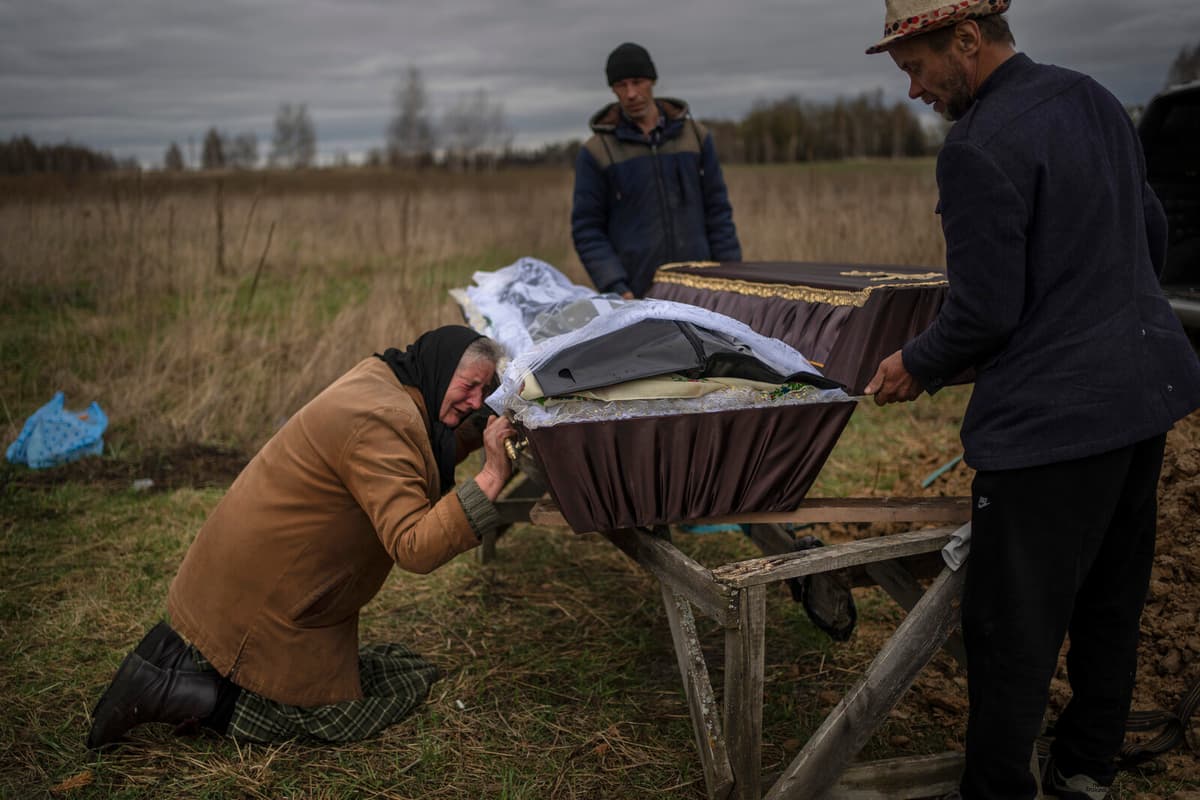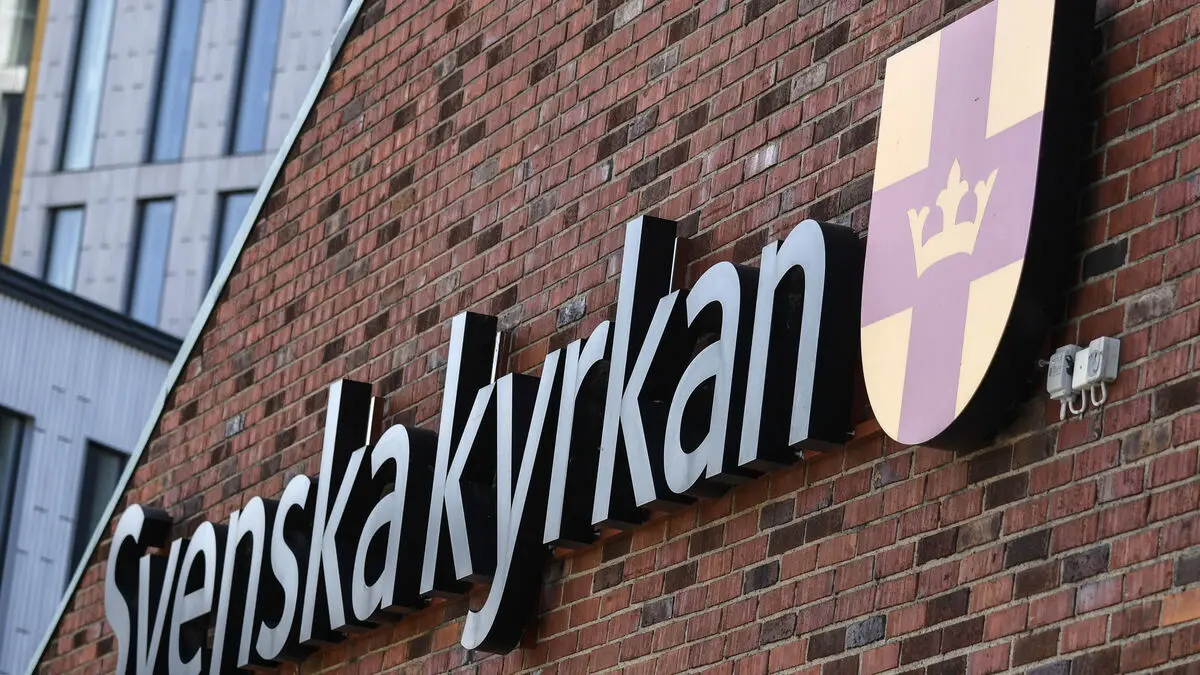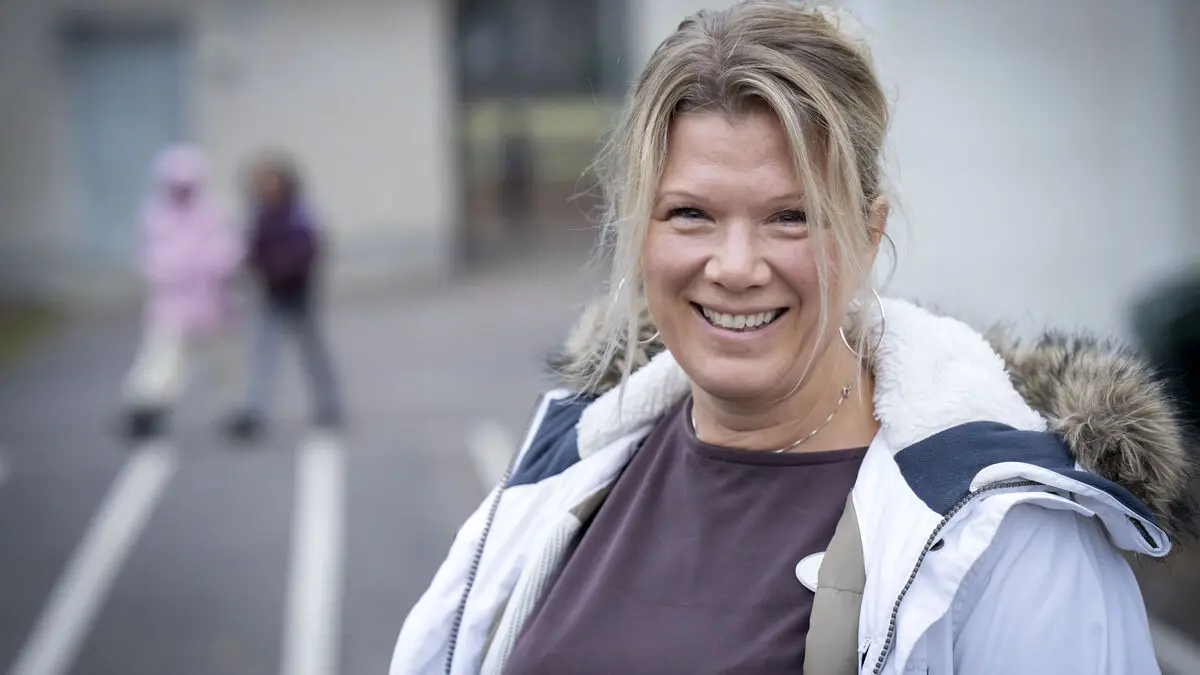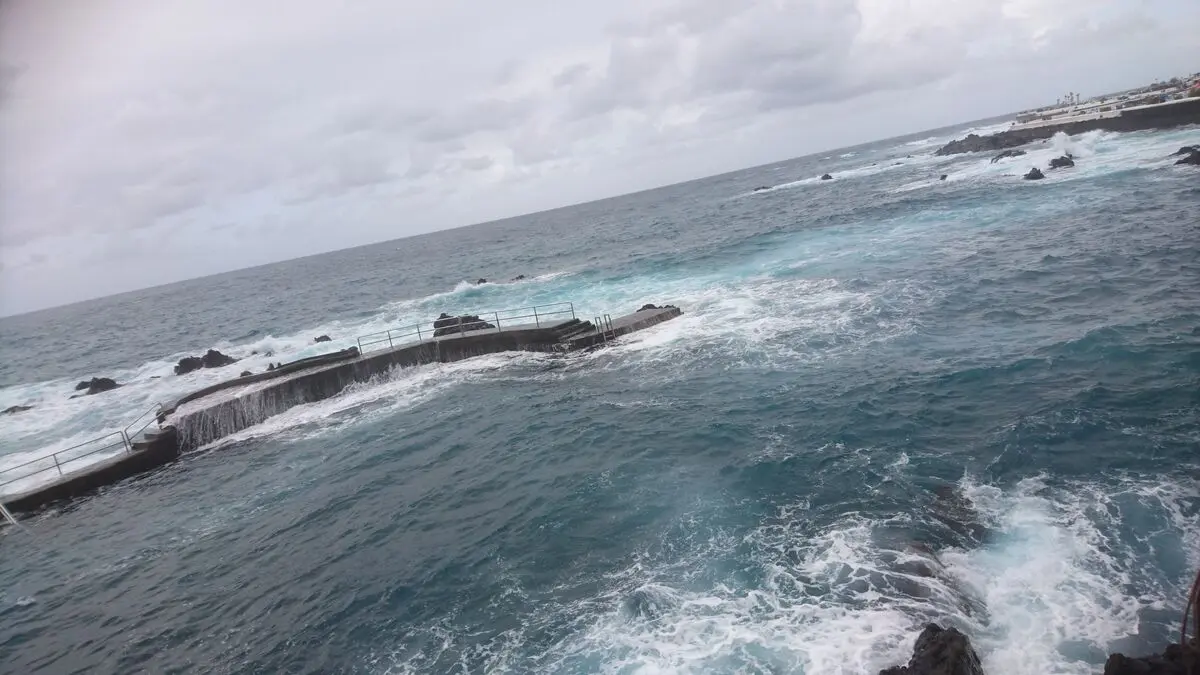Guernica, Katyn, and Treblinka were three of the places that then-Prime Minister Olof Palme mentioned as examples of modern atrocities in his famous Christmas speech from 1972, where he criticized the US's bombing of Vietnam.
For Ukraine, the corresponding places are Butja, Kramatorsk, and Mariupol – notorious for terror and war crimes during the renewed attack on the country that Russia launched on February 24, 2022, with the motivation of "demilitarizing and denazifying" Ukraine.
Butja, March 2022
Russia was convinced that it could win a quick victory in the war, not least through attacks on Kyiv. Already after a few days, they reached, among other places, Butja, a city with around 30,000 inhabitants, just a few miles west of the capital.
But the attack stalled when the Ukrainian forces proved to be better and more motivated than Russia had anticipated. The attackers were forced back after a month – whereupon the world was shocked by the testimonies and evidence that showed what had happened during the Russian occupation.
Inhabitants were mutilated, tortured, and raped. The UN has documented at least 73 murdered civilians. Ukraine counts up to 500.
We have found mass graves. We have found people with their hands and feet bound and with gunshot wounds in the back of their heads, said the Ukrainian president's press secretary, Serhij Nikiforov, to BBC.
.
Kramatorsk, April 8, 2022
A little over a month after the Russian attack, the refugee flows were enormous around Ukraine. At the train station in Kramatorsk, there were at least 1,000 people on site on April 8, hoping to escape.
Then, two Russian Tochka robots struck, likely loaded with cluster ammunition. Over 60 people were killed, including several children.
The images afterwards showed bloody teddy bears in the devastation.
"They are ruthlessly destroying the civilian population. This is evil without bounds," wrote President Volodymyr Zelensky.
.
Mariupol, Spring 2022
The industrial city of Mariupol was one of Ukraine's last strongholds on the coast of the Black Sea, east of Crimea. The battles here developed into the bloodiest in Europe after World War II, with many thousands dead. The Uppsala Conflict Data Program (UCDP) estimates the number of dead to be at least 27,000, possibly up to 88,000, most of whom were civilians.
Many took refuge in one of the city's theaters – which was subjected to an air attack on March 16. The death toll is still unclear, but according to the news agency AP, at least 600 people were killed.
Mychailo Dianov was among the last to surrender after hellish scenes inside the city's steelworks on May 20. The months afterwards, he spent in a Russian prison camp where he was beaten with sticks, received electric shocks, and lost 40 kilos in body weight.
They treated us like animals, he told Sky News after being released in a prisoner exchange.
.
Held Accountable?
Ukrainian soldiers have also been accused of abuses against prisoners of war during the war, but on a much smaller scale.
From the Russian side, most accusations have been denied and rejected.
Investigations have been conducted and are ongoing in both Ukraine and other European countries, including Sweden, and international courts. Whether those responsible will ever be punished is unclear.
Tirana Hassan – who recently resigned as head of the human rights organization Human Rights Watch – warned the perpetrators during a visit to Sweden in December 2023.
Even if many of the people responsible cannot be reached right now, especially not if they are in Russia, we have learned from history that there will come a time when these people will be available. The path to international justice is long, said Hassan to TT.
Russia has been accused and is being investigated for a large number of war crimes and abuses during the war in Ukraine.
This includes, among other things, murder, torture, and rape of civilians in areas under Russian control, such as in cities like Butja, Irpin, Izium, Lyman, and Mariupol.
Russia has also been accused of abducting thousands of Ukrainian children, which has led to an international arrest warrant against President Vladimir Putin from the International Criminal Court (ICC).





